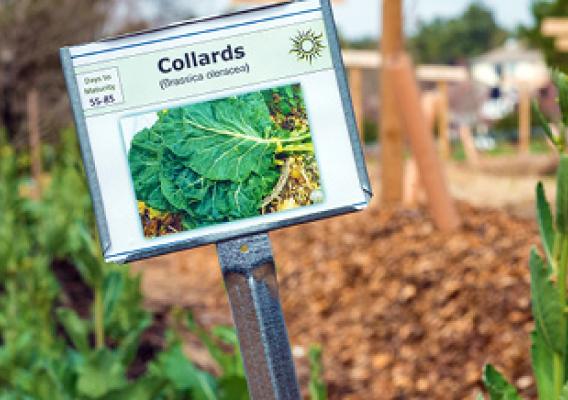This post is part of the Science Tuesday feature series on the USDA blog. Check back each week as we showcase stories and news from USDA's rich science and research portfolio.
It is astounding to reflect at the end of the year and realize once again how many pieces came together each day, each week, and each month to make sure the United States has the best official agricultural statistics. It is something of a well-oiled machine made up of America’s farmers, statisticians, modern technology, deep agricultural knowledge, and the most basic elements of human interaction - trust and hard work - that brings forth these useful and objective data on time year after year since 1840.
It takes hundreds of thousands of producers responding to a multitude of surveys each year, in addition to the every-five-year Census of Agriculture which USDA’s National Agricultural Statistics Service (NASS) conducted this year, to provide the source information about U.S. farm production. For this, we thank each individual producer who takes the time to complete the surveys. Get a first look at the 2012 Census of Agriculture data on February 20, 2014 at the Ag Outlook Forum.




